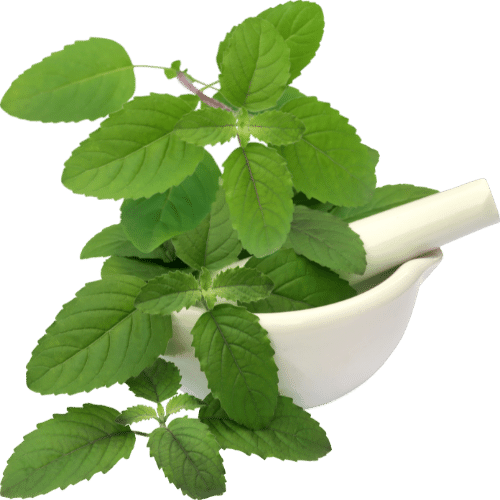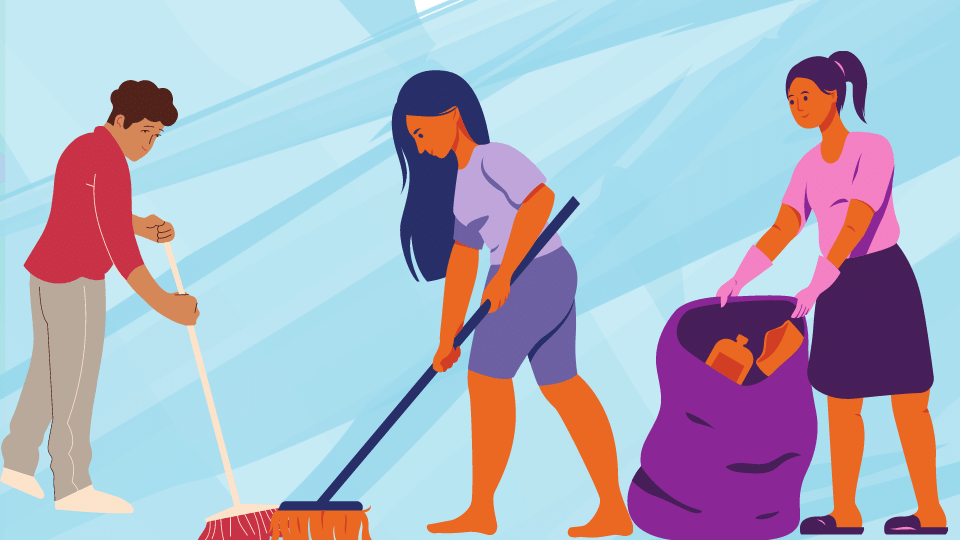Class 3 EVS Chapter 14 The Story of Food Revision Notes and Worksheets
FAQs on The Story of Food Class 3 Notes CBSE EVS Chapter 14 (Free PDF Download)
1. What are the main concepts to revise in the Class 3 EVS chapter, 'The Story of Food'?
This chapter provides a summary of where our food comes from and how it's prepared. For a quick revision, focus on these key ideas:
- The two primary sources of food: plants and animals.
- The different parts of plants we eat, such as roots, stems, and leaves.
- The difference between food eaten raw and cooked.
- How work, like cooking and cleaning, is shared differently in the two families shown (Venu's and Rani's).
- Simple home remedies from plants.
2. What are the main sources of our food as explained in the chapter?
The two main sources of the food we eat are plants and animals. From plants, we get fruits, vegetables, grains, and pulses. From animals, we get milk, eggs, and meat.
3. Which different parts of plants do we eat as food? Can you give examples?
We eat various parts of different plants. For a quick recap:
- Roots: Carrot, Radish, Turnip
- Stems: Sugarcane, Lotus Stem
- Leaves: Spinach, Cabbage, Coriander
- Flowers: Cauliflower, Broccoli
- Fruits: Mango, Apple, Banana (many vegetables like tomato are also fruits)
- Seeds: Rice, Wheat, Pulses
4. How does the chapter compare the two families to teach about sharing work?
The chapter shows two different family situations to highlight the importance of sharing work. In Venu's family, both the mother and father help with household chores like cooking and cleaning, and they all eat together. In Rani's family, only the female members (mother and Rani) do all the work like cooking and serving, while the male members rest.
5. Why do we need to cook some foods instead of eating them raw?
While we can eat many fruits and some vegetables raw, we need to cook most foods for several reasons. Cooking makes food softer and easier to chew and digest. It also kills harmful germs that might be present in raw food, making it safer to eat. Additionally, cooking can improve the taste and aroma of food.
6. What examples of plant-based home remedies are mentioned in the revision notes for 'The Story of Food'?
The chapter introduces the idea that some plants have medicinal properties. For a quick revision, remember these two examples:
- For a minor hurt, applying turmeric powder can help.
- For a stomach ache, drinking water with ajwain (carom seeds) and black salt can provide relief.
7. What are the common methods used for cooking food?
Food can be prepared in many ways. Some of the most common cooking methods that you should know for revision are:
- Roasting (like for corn or sweet potato)
- Boiling (like for rice or potatoes)
- Frying (like for puri or samosa)
- Baking (like for cakes or bread)
- Steaming (like for idli or dhokla)
8. What is the key takeaway from comparing the eating habits of Venu's and Rani's families?
The key takeaway is about the importance of family togetherness. In Venu's family, everyone eats their meals together, which helps them bond and share their day. In Rani's family, the men eat first while Rani serves them, showing a lack of shared family time during meals. The chapter encourages the idea that eating together is a positive family practice.



















